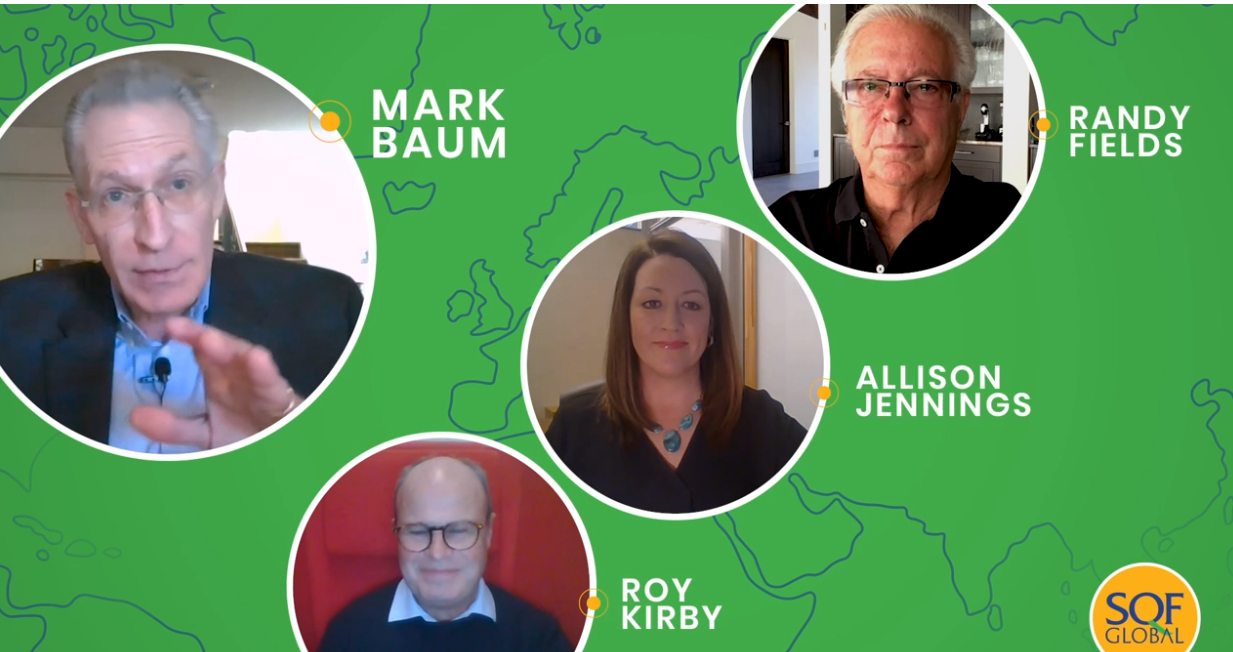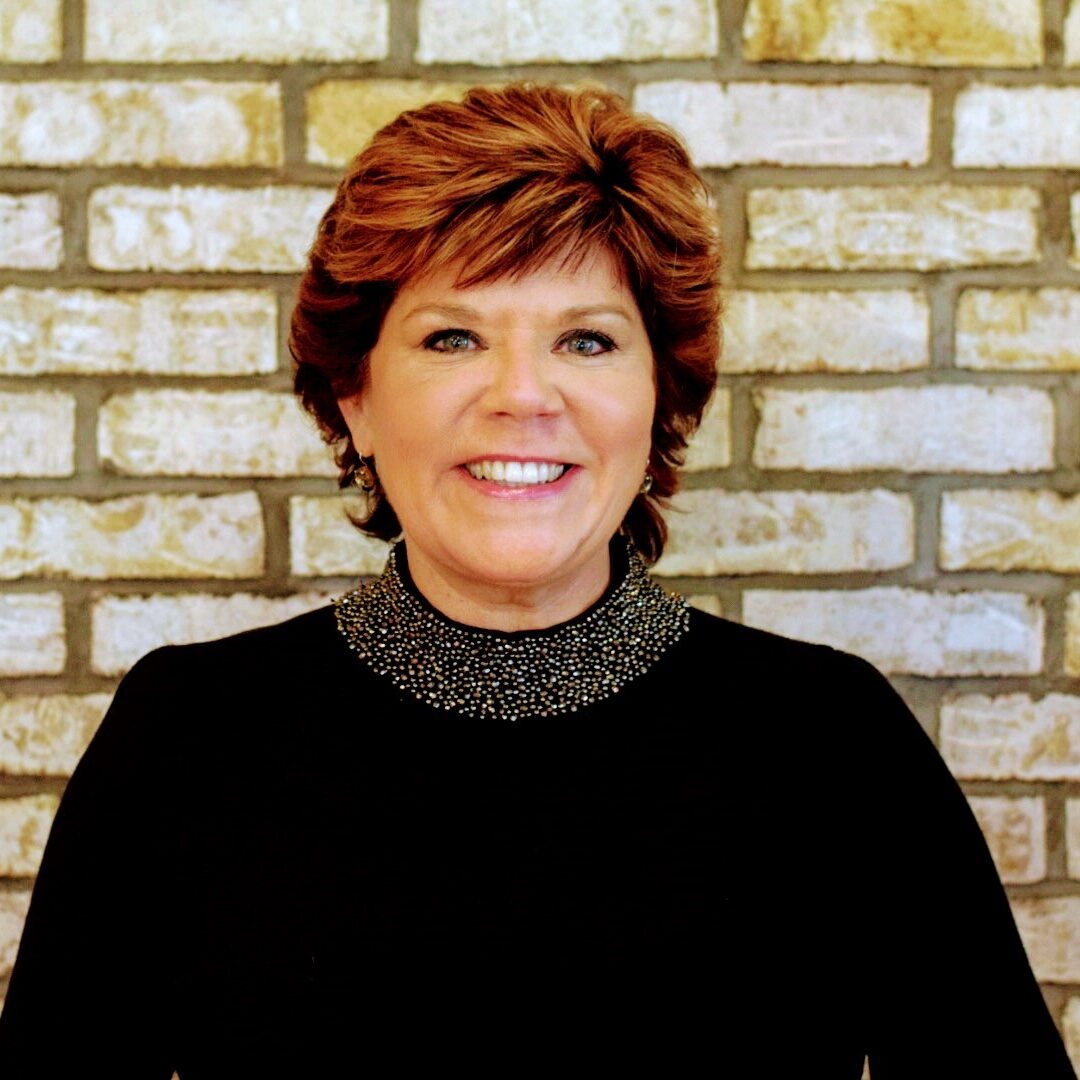Contributed by ReposiTrak Director of Content Meg Major
Current and future impacts of AI, machine learning and other technology-enabled tools for the global food safety community were among the hot topics on the minds of attendees of last week’s virtual SQF Global Partner Expo, which enlisted a panel of industry experts to share their perspectives during a keynote panel discussion.
Randy Fields, chairman and CEO of Park City Group/ReposiTrak, Allison Jennings, director of food safety for Amazon, and Roy Kirby, director of global food safety at Mondelēz International, headlined the session, The Future Is Now: The Impact of Technology and Innovation on Global Food Safety.
Mark Baum, SVP and chief collaboration officer for FMI–The Food Industry Association, moderated the discussion and set the stage by describing the breathtaking pace the global food and consumer goods supply chain community has been forced to adapt to in response to the pandemic over the past eight months.
“We are certainly living and working and playing in new and different ways. The velocity of change has accelerated technological advancements to respond to new ways of doing things. And that is certainly true in terms of advancing the culture, the strategy and the operational execution of global food safety,” said Baum, prior to turning to Fields to kick off the conversation with comments on how advanced technologies are impacting food safety, predictability and business overall during the era of COVID-19.
The role technology currently plays in the quality assurance and quality control arenas cannot be understated and functions as the backbone of present-day supply chain compliance and audits, said Fields, with AI serving as the linchpin for the future of compliance management.
“The question for us, as a provider, has been: ‘How do you enable compliance without global standards that everyone has adopted? How do you enable compliance with each company that has a different set of business rules that it requires for its supply chain partners? How do you get each company in control of the tsunami of paper that’s required in order to determine whether or not your supply chain is in the desired state?’”
Based on learnings from ReposiTrak’s network of 100K+ facilities, Fields never ceases to be amazed by the vast discrepancies with supplier certification standards.
“It’s frankly astounding that there is very little agreement between businesses in terms of what those standards are,” said Fields, be it for insurance or for product categories such Kosher, Halal and/or organics. “There is virtually no agreement between businesses in terms of set rules,” which creates mass confusion and considerable consternation among suppliers.
“Regardless of the technology that’s deployed,” he continued, “what we find is that suppliers are having an increasing level of difficulty complying with the standards that are imposed on them by their customers.”
Fields said AI can do many things—but not everything—and that there is tremendous value for human interaction in the process.
“We use AI, machine learning and a whole variety of advanced tools in order to help our customers determine whether or not their supply chain documents—and in many cases, hundreds of thousands of documents per year—are in compliance,” he explained. “But the most astounding part of our findings is that with all of the technology that is being brought to bear, it isn’t enough, particularly in a world that’s becoming increasingly risky and increasingly globalized, where standards from country to country may widely differ.”
Especially troubling to Fields is “the level of compliance today, which is lower than compliance levels of five or 10 years ago,” due largely to the burdensome document gathering functions that are tedious yet essential to on-point compliance management. 
Compliance Paper Chase Leads to Supply Chain Brain Drain
“We now have nearly two dozen, full-time human beings calling suppliers to provide documentation that their customers are asking for,” noted Fields, adding that this boosts the value to the compliance teams by freeing up their valuable time to concentrate on more pressing priorities required of their roles.
Of the roughly 30,000 companies that ReposiTrak works with to measure and conduct compliance, Fields said the labor pains quality assurance teams are required to repeatedly confront with chasing down compliance documents are real.
“Almost without exception, the QA and QC food safety people are performing clerical level tasks instead of thought tasks and are working way below their potential. What they’re not doing, to the extent that they could be or should be, is designing more effective processes to ensure safety and compliance in their businesses,” Fields explained. “We have an enormous amount of brain power in the food supply chain, but it’s grotesquely underutilized by virtue of the fact that QA teams are stumbling over paper and phone calls to get their compliance documents in order.”
Yet another pain point in the compliance process, according to Fields, is the lack of urgency many suppliers exhibit with furnishing food safety compliance documents.
“With all the great technology companies are deploying—and certainly we’re amongst them—we’re concerned that we’re not getting where we need to be with compliance levels as an industry. And we’ll never get there,” he affirmed, “without the human element that provides their customers all that is needed to determine compliance.”
Amazon’s Allison Jennings, who oversees the full scope of food safety policies, programs, and standards to ensure product safety and quality in the e-tailer’s North American food businesses, echoed Fields’ view that “there are lots of opportunities to engage with technology at all levels.
“To Randy’s point, our supply chain is leveraging technology and really taking opportunities to innovate on behalf of our customers. I think what we’re all aligned on is that the customer is the most important part of what we’re focused on, day in and day out, and customer safety, food safety and compliance within our supply chain,” said Jennings.
Leveraging technology within the supply chain presents unlimited opportunities for food safety professionals, said Jenkins—from the most basic levels, like simple automations within Excel spreadsheets that help transition out of manual processes, to more automated processes that help mitigate risk and further eliminate manual practices, all the way to AI and machine learning.
Preparing to Become Constantly Audit-Ready
In the realm of compliance, Roy Kirby of Mondelēz International said while audits “are a snapshot in time, we’ve been looking at moving away from people preparing for an audit” to instead having them be constantly audit ready.”
It’s equally important to know if suppliers are in full compliance once the audit has taken place, affirmed Kirby. “There is a fine line that we have to walk as a manufacturer, which is not treading over the line of taking responsibility for running a supplier’s operations. At the end of the day, they’re still responsible for their own quality systems. But I do think there are opportunities as we get greater technology to increase the level of transparency.
“And we all know that increased transparency leads to increased levels of trust,” said Kirby, adding that “sunlight is the best disinfectant. By shining a light on the areas where maybe the lights don’t always reach is one of the ways that we’ll be able to raise the bar in terms of food safety. And we all are committed to increased consumer confidence and increased consumer trust in food safety is where we all want to get to. And I think there’s going to be a combination of approaches to get there, and they’re all here to stay.”
Leslie Sarasin, president and CEO of FMI, underscored the food industry’s critical role in influencing food safety protocols, and expectations between food manufacturers and consumers earlier in the SQF Global Partner Expo when saying: “The need to mitigate risk and maintain consumer trust is essential. Food retailers and their product suppliers must take every measure to protect their customers and their brands, including choosing the food safety certification required of their suppliers.”
They are certainly words to live by for food safety professionals on all rungs of the supply chain.


